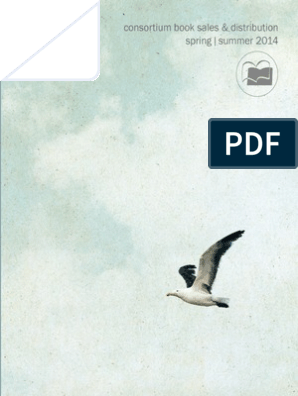0% found this document useful (0 votes)
12 views8 pagesTIP in Data Structure and Algorithm (2024-2025)
The document outlines the Course Design and Teachers' Instructional Plan for 'Content and Pedagogy for the Data Structure and Algorithm' at the Information Communication Technology Department for the first semester of 2024-2025. It includes the course description, objectives, outcomes, and teaching strategies, emphasizing the integration of Islamic values and ethical responsibility in ICT education. The plan aims to develop students' technical skills and problem-solving abilities while fostering a sense of community and lifelong learning.
Uploaded by
Willy Duri HunainCopyright
© © All Rights Reserved
We take content rights seriously. If you suspect this is your content, claim it here.
Available Formats
Download as DOCX, PDF, TXT or read online on Scribd
0% found this document useful (0 votes)
12 views8 pagesTIP in Data Structure and Algorithm (2024-2025)
The document outlines the Course Design and Teachers' Instructional Plan for 'Content and Pedagogy for the Data Structure and Algorithm' at the Information Communication Technology Department for the first semester of 2024-2025. It includes the course description, objectives, outcomes, and teaching strategies, emphasizing the integration of Islamic values and ethical responsibility in ICT education. The plan aims to develop students' technical skills and problem-solving abilities while fostering a sense of community and lifelong learning.
Uploaded by
Willy Duri HunainCopyright
© © All Rights Reserved
We take content rights seriously. If you suspect this is your content, claim it here.
Available Formats
Download as DOCX, PDF, TXT or read online on Scribd
/ 8






























































































